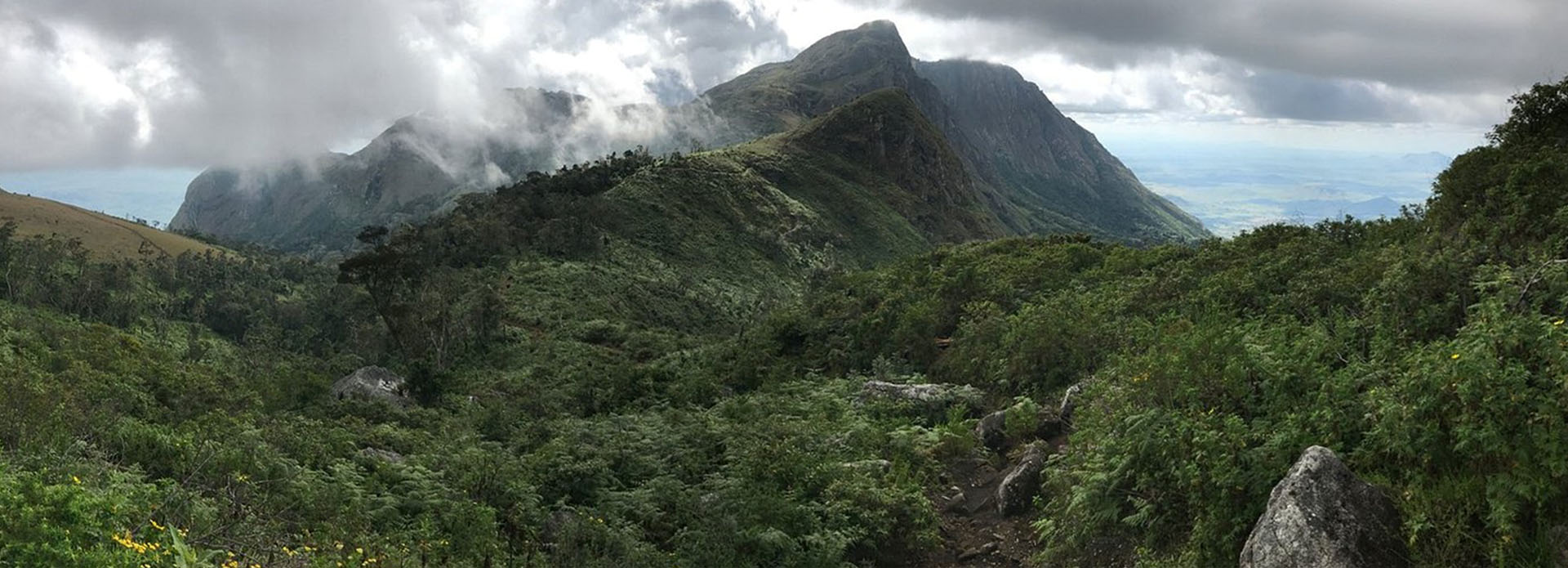
Mulanje Mountain is a majestic natural wonder located in the heart of Malawi, known for its breathtaking scenery and rich biodiversity. Rising dramatically from the surrounding plains, this granite massif is often referred to as the 'Island in the Sky' due to its towering peaks and lush vegetation that creates a unique ecosystem. The mountain is a popular destination for tourists seeking adventure, with a variety of hiking trails that cater to different skill levels, from leisurely walks to challenging climbs. As you traverse the well-marked paths, you will encounter stunning views, endemic plant species, and the chance to spot wildlife unique to the region.
The diverse climate and altitude of Mulanje Mountain contribute to its rich flora and fauna, making it a haven for botanists and nature enthusiasts. The mountain is home to several endemic species, including rare orchids and the iconic Mulanje Cedar, which is a symbol of the region. The lush forests and waterfalls provide a serene backdrop for picnics and relaxation, while the panoramic vistas from the peaks offer unforgettable photo opportunities that capture the beauty of Malawi.
Mulanje Mountain Huts
Mulanje Mountain is a majestic peak located in southern Malawi, known for its dramatic granite peaks and lush forests. The mountain is a popular destination for hikers and climbers, attracting visitors from all over the world. The Mulanje Mountain Huts play a crucial role in supporting these outdoor enthusiasts by providing shelter, food, and a sense of community during their expeditions on the mountain.
There are ten mountain huts on the Mulanje Massif – Chambe, Chinzama, Chisepo, France’s Cottage, Lichenya, Madzeka, Minunu, Sombani, and Hope Rest Cottage. These simple yet essential structures offer a safe haven for worn and weary adventurers, contributing to the overall experience of exploring Mulanje Mountain.
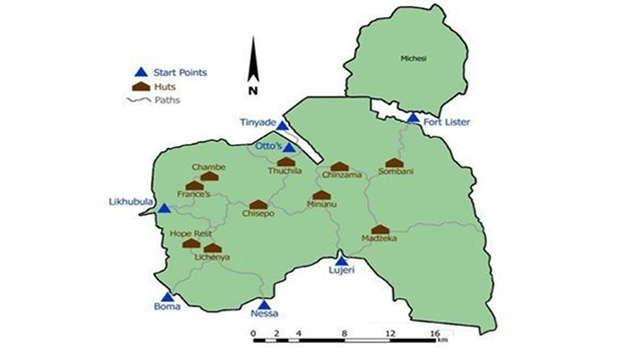
Chambe Hut
Chambe Hut is one of the most popular huts on Mount Mulanje because it is very accessible. The hut offers a spectacular view of the southeast face of Chambe Peak (2,557 m).
Chambe can accommodate up to 16 people in two spacious rooms, one of which includes a cooking fireplace. Additionally, there is an outdoor covered veranda. Drinking water is available from a nearby tap, and there are two pit latrine toilets on the premises.
Getting There
- 5 hours hike up the Likhubula Paths (Skyline or Chapaluka)
- 5 hours from Thuchila Hut
- 4 hours from Lichenya Hut
- 3 hours from Chisepo Hut
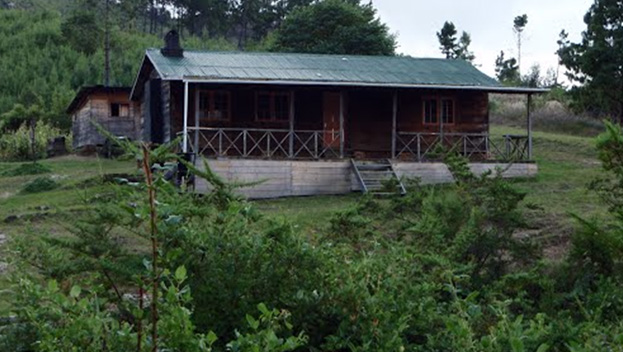
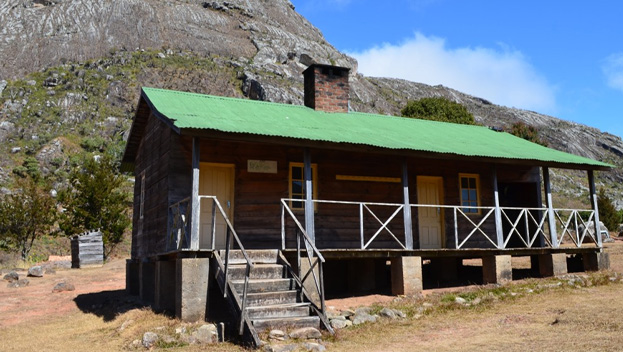
Chinzama Hut
Chinzama Hut is a beautifully situated within the heart of the mountain, close to the source of Ruo River with stunning views.
There are two rooms, basically furnished, both with cooking fireplaces. The hut can sleep up to 12 people.
A fairly large verandah has more space outside for sleeping in good weather conditions. There are two long-drop toilets. There are pools within 5 minutes of the hut which are ideal for cooling off.
Getting There
- 4-5 hours from Tinyade Estate via Jungle Route,
- 3 hours from Sombani Hut,
- 1 ½ hours from Minunu Hut,
- 2 – 3 hours from Thuchila Hut
Chisepo Hut
The newest hut on the mountain, perfectly situated for an ascent of Sapitwa, Mulanje Mountain’s highest peak (3002m). This is a 5 – 6 hour return trip from Chisepo.
Chisepo has one large room with a double-sided cooking fireplace and a large outdoor veranda. The hut can accommodate up to 15 people. Male and female pit-latrine toilets are provided.
Getting Here;
- 5-6 hours from Likhubula
- 5-6 hours from Otto’s
- 6-7 hours from Tinyade Estate
- 2-3 hours from Thuchila Hut
- 3 hours from Chambe Hut
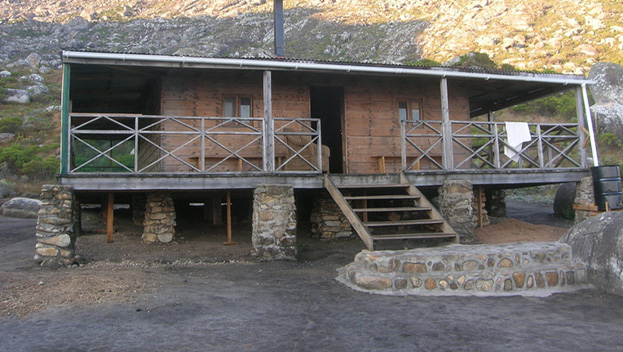
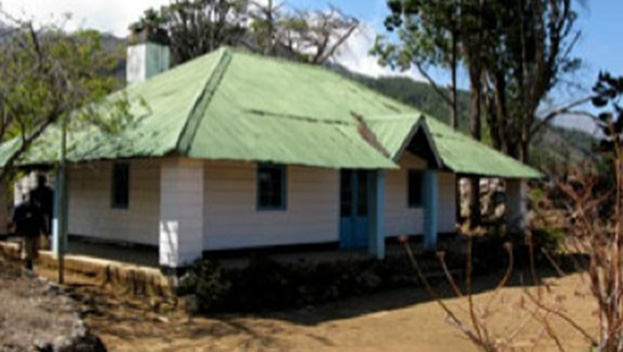
France’s Cottage
France’s is an old forestry cottage renovated in 2025. The cottage has two small bedrooms, one with two single beds and one with two bunk beds.
The cottage has a small living room with an open cooking fireplace. It faces the east face of Chambe Peak and is situated within 200 metres of the Chambe mountain hut.
The cottage accommodates 6 people in comfortable conditions as it is better furnished and equipped than the standard mountain huts.
There is piped water to a back garden tap and one pit latrine toilet.
The cottage can be used by special arrangement.
Getting There;
- 3-4 hours up Likhubula paths (Skyline or Chapaluka)
- 4 hours from Lichenya Hut
- 3 hours from Chisepo Hut
Hope Rest Cottage (CCAP)
This is the one mountain cottage that is privately owned, by the Church of Central Africa Presbyterian (CCAP), and bookings are made through Likhubula House
Constructed in 1899, the cottage is testament to the quality of Mulanje cedar timber. It has three bedrooms with a total of eight beds and is also equipped with basic kitchen utensils. There is an outside pit latrine toilet. The lovely Linje pools are a 15-minute walk away.
Getting Here:
- 4–5 hours up the Nessa path
- 4 hours up the Boma path, starting at Mulanje Boma/Kara O’Mula Lodge
- 4–5 hours up the Likhubula path
- 4 hours from Chambe Hut
- 1 hour from Lichenya Hut
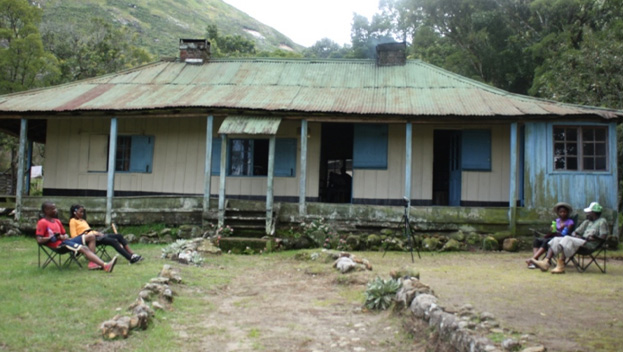
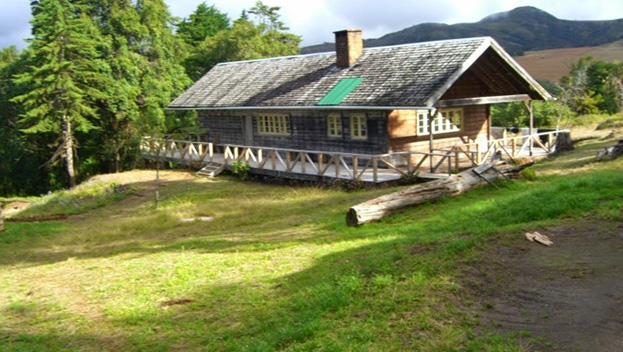
Lichenya Hut
Lichenya is the largest hut on the mountain and can sleep more than 20 people. This makes it the most suitable hut for large groups. The hut comprises three large rooms with a large outdoor veranda area. Two of the rooms have cooking fireplaces. There are pools located within 5 minutes of the hut. A bucket-shower house and ladies and gent’s pit latrine toilets are provided.
Getting Here;
- 4-5 hours from Nessa (Nessa or Bamboo path)
- 4 hours on the Boma path, starting at Mulanje Boma/Kara O’Mula Lodge
- 4-5 hours on Likhubula path
- 4 hours from Chambe Hut
- 1 hour from CCAP Hope Rest Cottage
Madzeka Hut
Madzeka is situated in the south-east of the Mulanje plateau and dates from 1966. It is built above a very attractive stream with waterfalls and pools for swimming.
There are two rooms, one with a fire, and the sleeping capacity is 12 persons. It is well placed for climbing Minunu (2,650m) and other nearby peaks.
Getting Here;
- 3 hours on little Ru0 Path starting at Lujeri Estate field office 3
- 5-6 hours on Malosa Path starting from Malosa Forestry Station
- 1-5 hours from Chinzama hut.
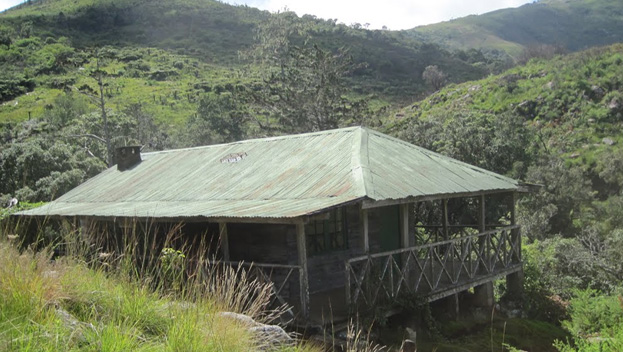
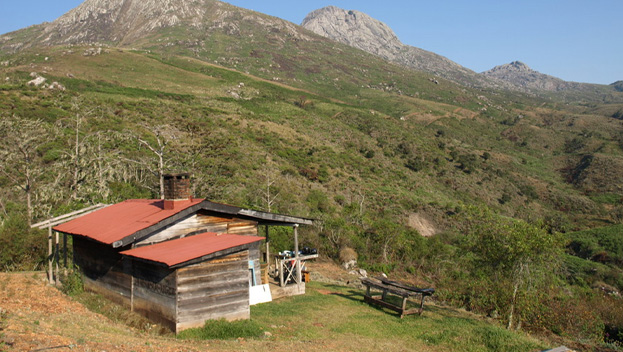
Minunu Hut
Minunu is the smallest hut on Mount Mulanje, but has recently been extended to include a second room to provide a good space for sleeping.
Perched in grassy surroundings above an attractive stream with splendid bathing pools, it has views of Ruo Gorge to the south and good access to Nakodzwe Peak to the north-west (2,964m).
Getting Here;
- 5 – 6 hours on Big Ruo path, starting at Lujeri Estate, Hydro Station
- 1.5 hours from Chinzama hut
Sombani Hut
Sombani hut has two rooms and can accommodate up to 10 people. It provides a very good base for ascents of the dramatic peak of Namasile (directly opposite the front of the hut, 2,687m), the more difficult and dramatic Matambale Peak (2,642m), and even Chinzama (2,666m) to the south.
Getting Here;
- 3 hours on the Sombani path, starting from Fort Lister Forestry Office,
- 3 Hours from Chinzama hut
- 3 hours from Madzeka hut
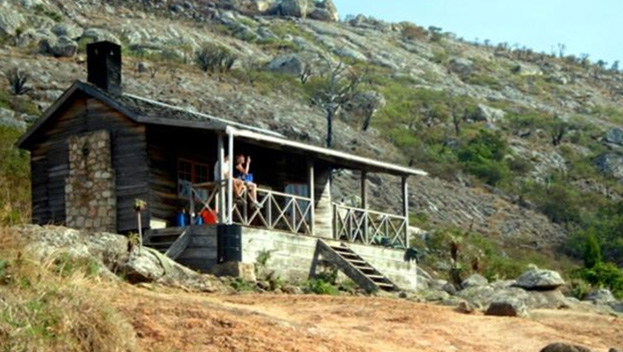
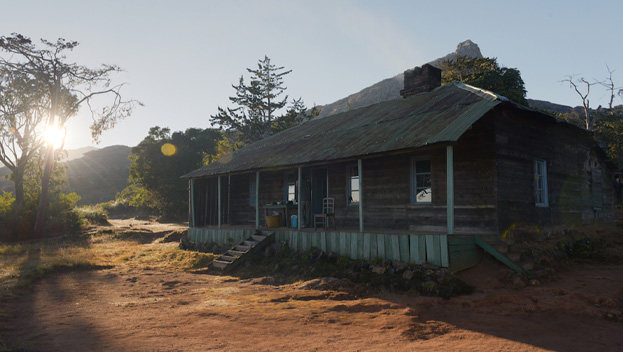
Thuchila Hut
Originally built in 1901, Thuchila is the oldest of all the Mulanje shelters. Nestled in a lovely setting looking out north east over Elephant’s Head, the shady veranda offering a superb view across to the bulk of the Zomba Plateau. There are four medium-sized roosm, two with fireplaces, plus a storeroom.
Thuchila is an excellent base for scrambling routes on at least six Mulanje peaks, Nandalanda (2,585m) being the nearest. There are pools for swimming about 15 minutes away.
Getting Here;
- 4 hours on the Lukulezi path, starting from Tinyade Estate
- 2.5 hours from Chinzama Hut
- 2 -3 hours from Chisepo hut
When To Hike
The best time to hike Mulanje Mountain in Malawi is generally from mid-April to end of September, during the dry season. This period offers pleasantly cool temperatures and minimal rain, making the granite slabs less slippery. October and November are the hottest and haziest months, and the rainy season typically runs from December to March.
Dry Season (May to early September) – This is the prime time for hiking. Temperatures are cool, and the risk of rain is low.
Hot and Dry Season (Late September to early December) – While still relatively dry, temperatures can be high, and visibility might be affected by haze.
Hot and Rainy (Late December to April) Hiking during this season is possible, but it requires extra caution due to slippery trails and potential flooding.
Chiperoni (Mid-May to August) – A think, wet mist known as chaperon can occasionally cover the mountain for several days, making visibility very difficult.

Your journey starts here
We design holidays rooted in local knowledge. Please feel free to contact us for expert advice and a personalized itinerary tailored specifically for you.
